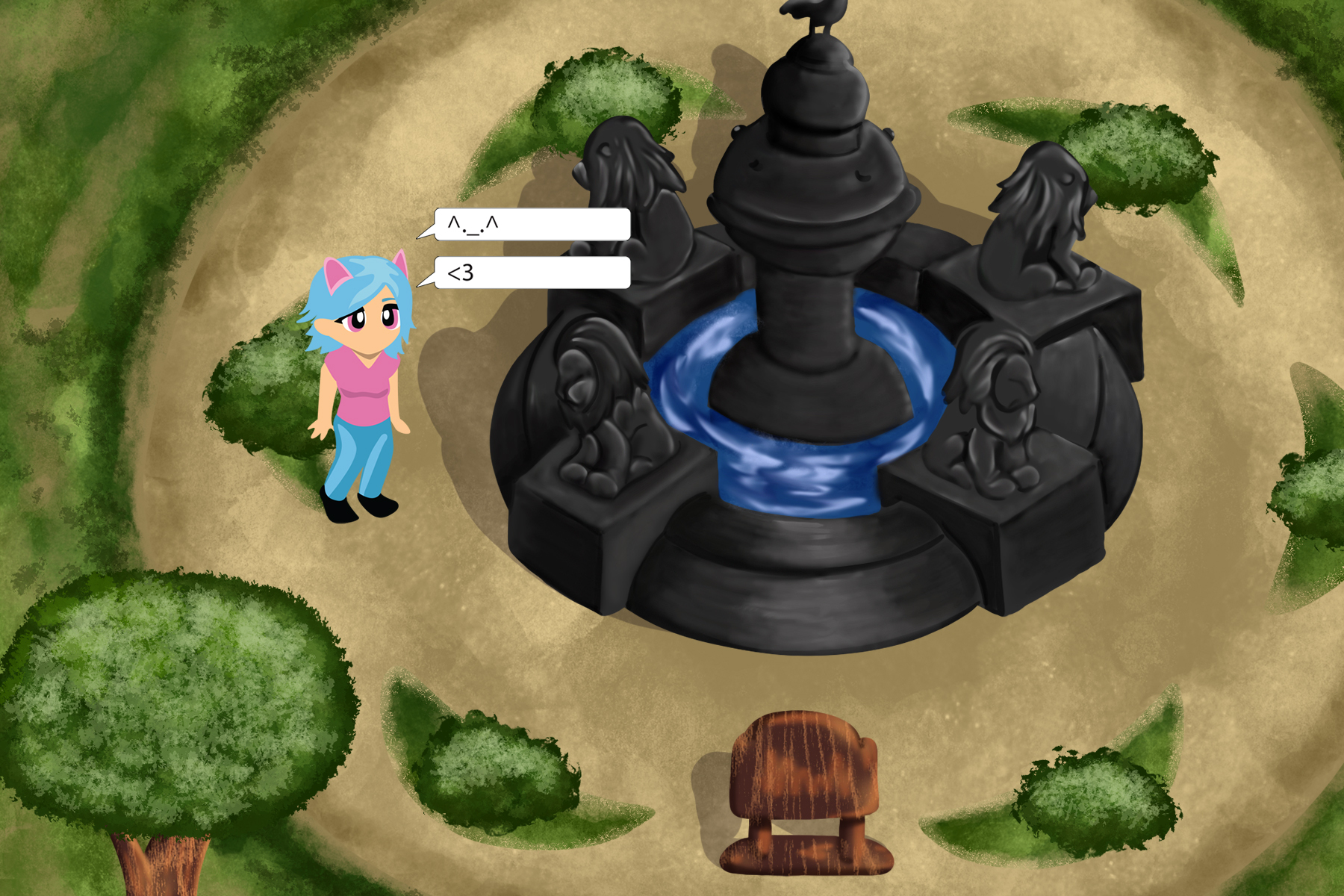Online games like Club Penguin or Neopets were popular when I was a kid. I didn’t play these myself, but I did have a brief run with Webkinz. However, since Webkinz required players to purchase a new stuffed animal every six months to play, it was too money-hungry for my empty child wallet to handle. Even so, just like many other kids my age, after discovering browser-based pet simulators, I was hooked.
“Browser-based pet simulator” is a bit of a mouthful, but it’s a popular kind of game played by all age groups. These browser games allow players to collect and interact with the site’s artwork, with activities that may include collecting different virtual pets, dressing them up, caring for them in some way and interacting with other players. Some sites focus on only one of these mechanics or may try to incorporate more, depending on the goals of the game developers. While some web pages focus more on customizing avatars instead of pets, for the sake of convenience, I’ll be referring to all these games as pet sims.
There are all kinds of pet sims. Practically any animal you can think of is most certainly a pet sim, which ranges from standard pets like dogs and cats to uncommon creatures like llamas, lions and even bizarre animal hybrids. While most pet sim players get into these games as kids, there’s been an increasing demand for pet sims from older players who would prefer to interact with games with professional art and more complex game mechanics. Although the vast majority of pet sims are child-friendly, many pet sims require players to be at least 13 or older to play.
Of course, most people get into these kinds of games as children. Club Penguin was an enormously popular browser game that allowed kids to dress up their penguin avatar and customize a virtual penguin living space by earning the site’s currency and purchasing items from shops. Webkinz was another well-liked pet sim that offered similar functions, although it required users to purchase a stuffed animal to access the site. However, Neopets is the game that set the standard that influenced most pet sims that exist today.
Browser games like these are slow-paced. There’s no win-lose mechanic and there’s rarely anything flashy to do. The fun comes from making plans to customize a pet, avatar or virtual living space and setting goals to achieve it. The only reward is the satisfaction of achieving a goal, making something look pretty or receiving the admiration of other players. To some, this is extremely boring, but the open-ended nature of pet sims appeals to many others. A player may spend as little or as much time as they please and set their own parameters for satisfaction.
When I first started playing these browser games, I searched the internet for pet sims that featured pretty artwork and settled on a few. However, I ran into some problems. Although many of the games had similar mechanics, I had different playing experiences with each one. In some, I couldn’t make enough of the game’s currency to purchase what I wanted and the game’s best items could only be purchased with premium currency, which is difficult to earn during gameplay without spending real money.
When I investigated the pet site forums, I kept seeing the word “economy” thrown around. Other users discussed the game economy, talking about inflation, currency conversion rates, and how and when items would appreciate. Although these virtual game economies weren’t as complex as real-world economies, they could get surprisingly elaborate and users would make graphs and spreadsheets detailing the state of the in-game market. Neopets even had a makeshift stock market, with the famous sign that read, “The market could crash at any moment.” After playing for a while, I learned more about basic economics from playing pet sims than AP class ever taught me.
Pet sims targeted at young children have tightly controlled economies. For example, Club Penguin didn’t allow players to trade items with one another and Webkinz limited the kinds of objects that could be traded or sold to other players. Other sites, particularly those meant for older players, embrace the free market and allow players to set their own prices for items based on supply and demand. This allows players to have more autonomy in the gameplay and get more pets or items, but it also adds an element of risk for the game developers. By allowing users to control parts of the game economy, it adds the risk of inflation, weakening different game currencies and ultimately making the game less fun to play.
Of all economic woes that plague pet sims everywhere, inflation is one of the most sinister. This is usually because players can easily make more game currency than they spend, so the overall amount of money circulating through the economy continuously goes up. If players need to spend an exorbitant amount of time earning site currency, earning currency is no longer worth the trouble and players begin to leave the site altogether. The most common way game developers try to combat this is by adding taxes to marketplace functions and creating currency sinks, which usually slows inflation but rarely solves it completely
A case study for inflation gone wrong is Gaia Online, an anime-themed social media site that allowed avatar customization similar to that of a pet sim. Gaia Online was extremely popular until poor decisions from a new owner set off hyperinflation within the game. Even though it was a social media site and the sale and trade of items didn’t prevent anyone from using any other game mechanics, the economic woes disenchanted thousands of users until it became a shell of its former self.
These days, I only play browser games occasionally, but I still look back fondly on when I would follow player-made news about the economies of whatever pet sim I was playing. My personal favorite is dragon pet sim called Flight Rising, which is basically just dragon paper dolls with a healthy dose of economics mixed in. Although inflation has been creeping into the marketplace, it has been able to keep it at bay by implementing taxes and adding many kinds of currency sinks. Another option is Lioden, a lion pet sim with complex breeding mechanics and requires players to be at least 16 years old to join. There’s also Furry Paws, a classic dog pet sim that is another option for players who want a bit of doggy goodness in their lives.
Overall, a browser pet sim can have beautiful art, robust forums and fun minigames, but the success or death of games like these often hinge on the economy generated by players buying and trading items. Playing the market can be a lot of fun, as long as the virtual economy is healthy and thriving.

















